In our previous article, we delved into Serbia’s rich winemaking heritage and how the wine regions are resurfacing to show the best the country has to offer.
While exploring these regions is a fantastic adventure, Belgrade serves as the perfect central hub for your travels. In this guide, we’ll highlight the must-visit attractions in Belgrade, its great vibe and how to pair Serbian grape varieties with traditional cuisine, offering a complete cultural and gastronomic experience.
Visiting Belgrade
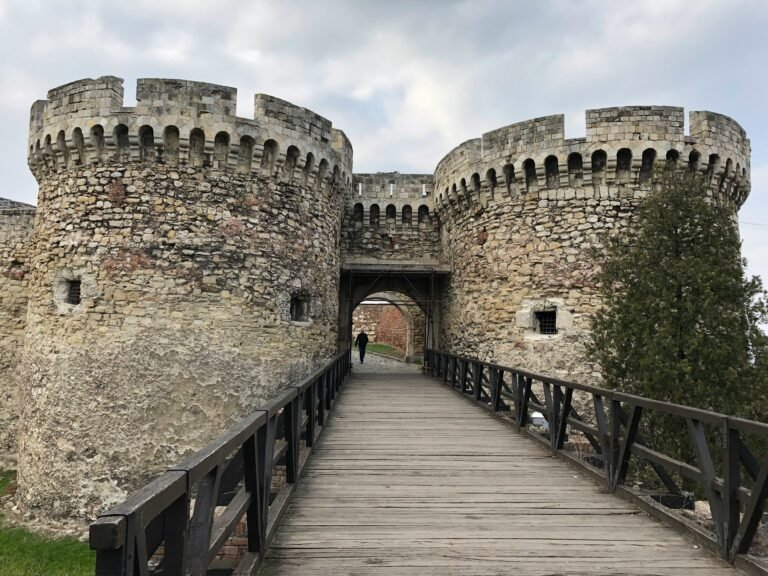
Belgrade, the vibrant capital of Serbia, brims with history, culture, and dynamic urban life. Situated at the confluence of the Danube and Sava rivers, Belgrade was a great discovery last year for us, it offers a unique blend of old-world charm and modern sophistication. Whether you’re a history enthusiast, a culture vulture, or a nightlife aficionado, Belgrade has something for everyone. Let’s explore the must-visit spots and fun activities this lively city has to offer.
Historical Landmarks
Kalemegdan Fortress
A visit to Belgrade isn’t complete without exploring Kalemegdan Fortress. Overlooking the Sava and Danube rivers, this historic fortification offers breathtaking views and a journey through centuries of history. Fun fact: Kalemegdan means “battlefield” in Turkish, highlighting its strategic importance. The fortress houses museums, galleries, and monuments, making it a perfect spot for history buffs and photographers alike.
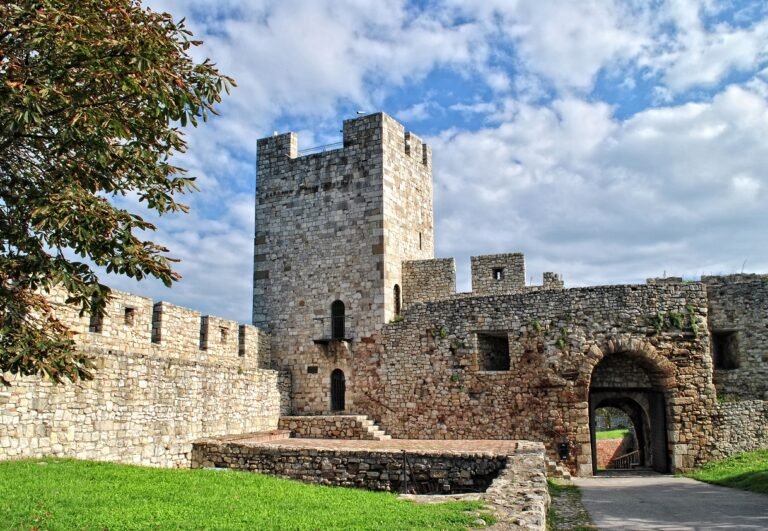
St. Sava Temple
One of the largest Orthodox churches in the world, St. Sava Temple is an architectural marvel. Its stunning white marble facade and expansive interior adorned with intricate mosaics provide a serene and awe-inspiring experience. Did you know the temple is dedicated to Saint Sava, the founder of the Serbian Orthodox Church? The temple’s crypt is particularly impressive with its opulent decor and sacred relics.

Skadarlija
Often compared to Montmartre in Paris, Skadarlija is Belgrade’s bohemian quarter. This charming cobblestone street is lined with traditional kafanas (taverns), art galleries, and antique shops. It’s the perfect place to immerse yourself in the local culture, enjoy live Serbian music, and sample authentic cuisine. Legend has it that famous poets and artists used to gather here, adding to its romantic and artistic vibe.
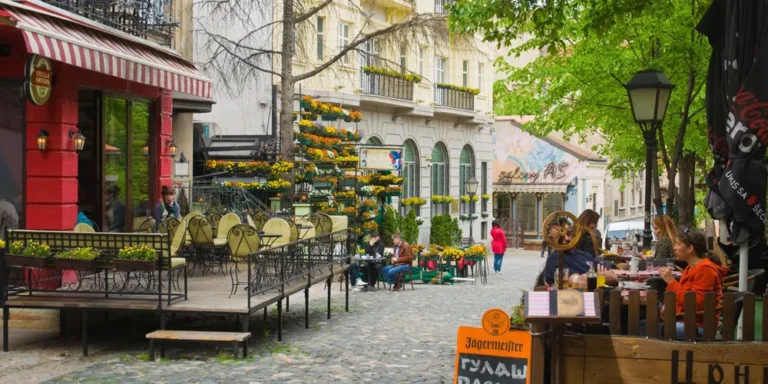
Modern Attractions
Ada Ciganlija
Known as “Belgrade’s Sea,” Ada Ciganlija is a river island turned peninsula on the Sava River. It’s a popular spot for outdoor activities, offering beaches, sports facilities, and an abundance of bars and restaurants. Whether you’re looking to swim, kayak, or simply relax in the sun, Ada Ciganlija has it all. Fun fact: Ada Ciganlija has an artificial lake perfect for a refreshing dip during hot summer days.
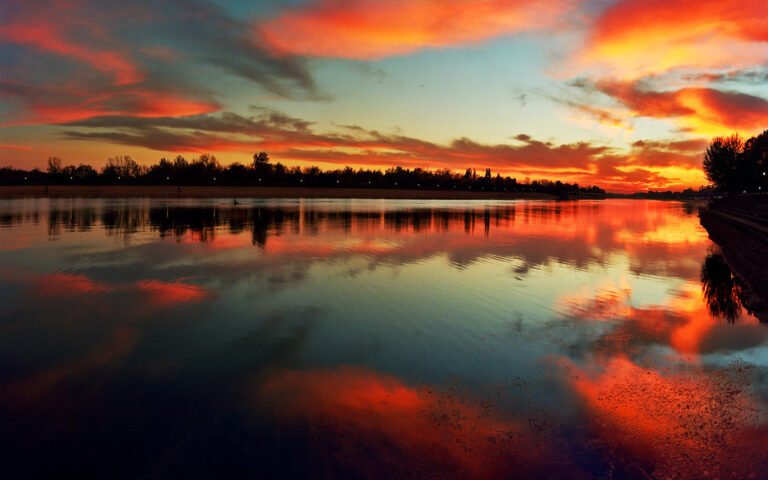
Belgrade Waterfront
This ambitious urban development project is transforming the city’s riverside into a modern hub of activity. With its luxury apartments, shopping centers, and scenic promenades, the Belgrade Waterfront is a testament to the city’s forward-looking spirit. Evening strolls along the waterfront offer stunning views of the illuminated skyline. The area’s trendy cafes and eateries are also great spots to relax and people-watch.
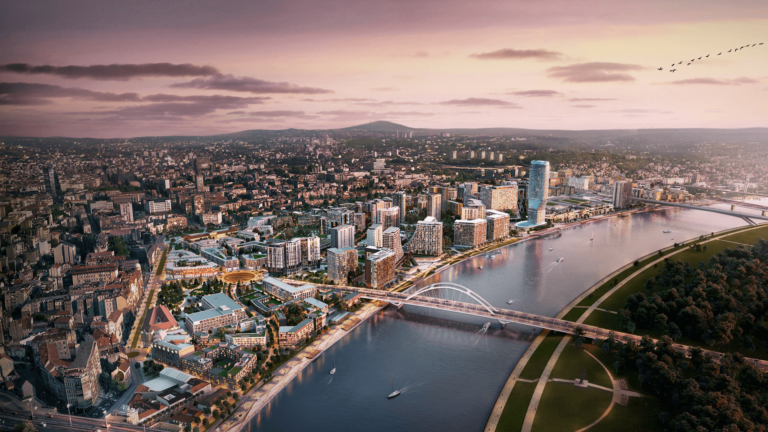
Nightlife
Belgrade is renowned for its vibrant nightlife. The city boasts an array of clubs, bars, and splavs (floating river clubs) that cater to all musical tastes. Areas like Savamala and Beton Hala are hotspots for nightlife enthusiasts, offering an eclectic mix of venues where the party lasts until the early hours.
Serbian Grape Varieties and Food Pairings
Serbia’s diverse grape varieties are a testament to the country’s rich viticultural heritage. Serbian wines are gaining international recognition for their quality and distinct flavours. Let’s explore some standout grape varieties and their perfect food pairings.
Prokupac
Prokupac is a native Serbian grape known for producing robust red wines with rich, fruity flavours and a hint of spice. It often features notes of dark berries, plums, and a touch of earthiness.
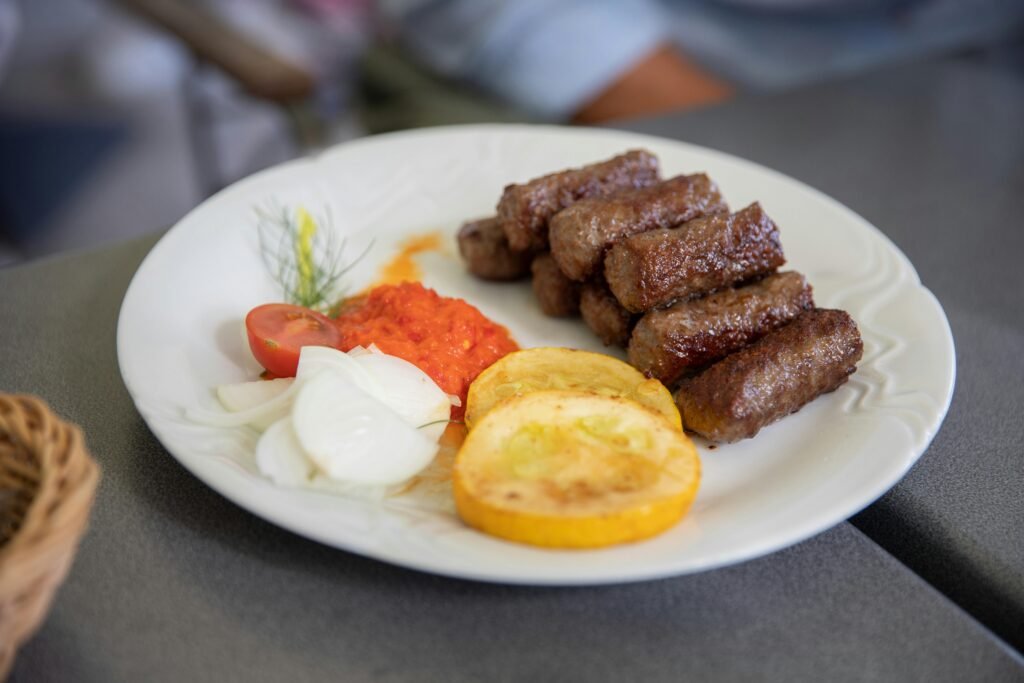
Food Pairing: Prokupac pairs beautifully with hearty Serbian dishes such as ćevapi (grilled minced meat sausages) and sarma (cabbage rolls stuffed with minced meat and rice). It also complements other cuisines like Italian pasta dishes and grilled meats. Fun fact: Prokupac is often called “the king of Serbian reds” due to its deep historical roots and popularity.
Tamjanika
Tamjanika is a unique Serbian variety of Muscat grape, famous for its aromatic white wines. It offers floral and fruity aromas, with hints of basil, elderflower, and tropical fruits.
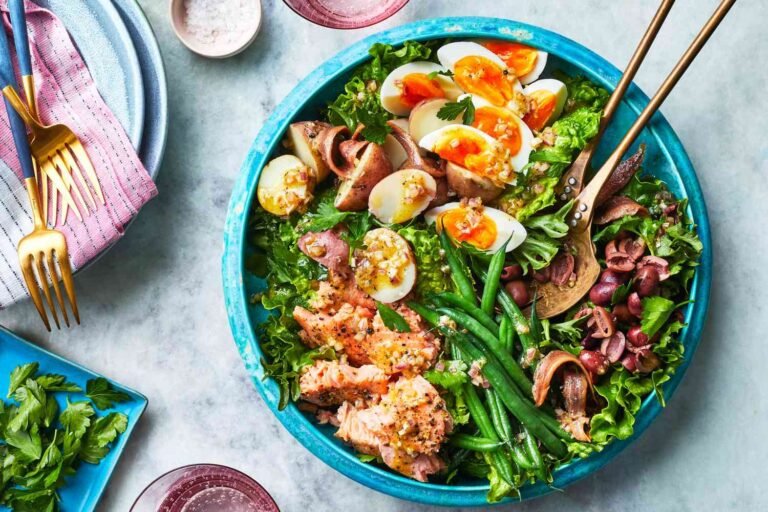
Food Pairing: This aromatic white wine pairs well with lighter dishes such as kajmak (creamy dairy product), seafood salads, and Mediterranean-inspired dishes. It’s also a refreshing choice for spicy Asian cuisine. Did you know Tamjanika gets its name from the word “tamjan,” meaning incense, due to its fragrant aroma?
Vranac
Vranac, though primarily associated with Montenegro, is also cultivated in southern Serbia. It produces deep, full-bodied red wines with strong tannins and flavours of blackberries, cherries, and chocolate. Vranac means “strong black” in Serbian, reflecting its intense color and flavour.
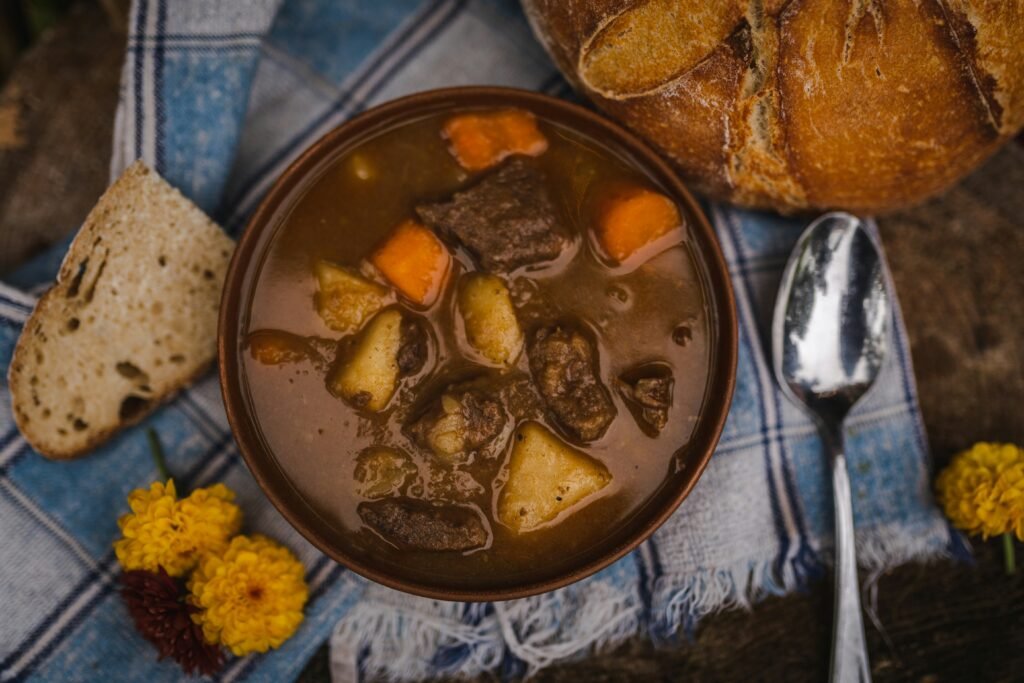
Food Pairing: Vranac is a great match for robust Serbian stews like paprikaš (meat and vegetable stew) and gulash (spicy beef stew). It pairs equally well with grilled lamb chops and hearty Italian dishes like osso buco.
Graševina
Graševina is a versatile white grape variety known for its crisp acidity and refreshing citrus flavours. It’s one of the most widely planted grapes in Serbia.
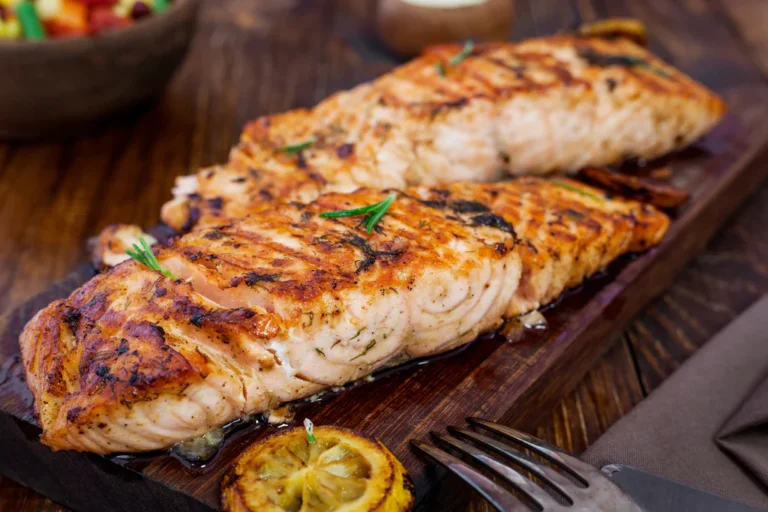
Food Pairing: Graševina pairs well with seafood dishes such as grilled fish and shrimp, as well as light salads and creamy pasta dishes. It also complements traditional Serbian appetizers like kajmak and ajvar, adding a refreshing contrast to their rich flavors.
Belgrade captivates with its historical depth, modern vibrancy, and rich culinary traditions. From exploring ancient fortresses and bohemian streets to indulging in the city’s energetic nightlife, there’s no shortage of things to see and do. Pairing Serbia’s unique grape varieties with traditional dishes offers a delightful journey for your taste buds, showcasing the country’s dedication to preserving its heritage while embracing the future. Whether you’re a wine connoisseur or a casual traveler, Belgrade and its wines promise an unforgettable experience.
